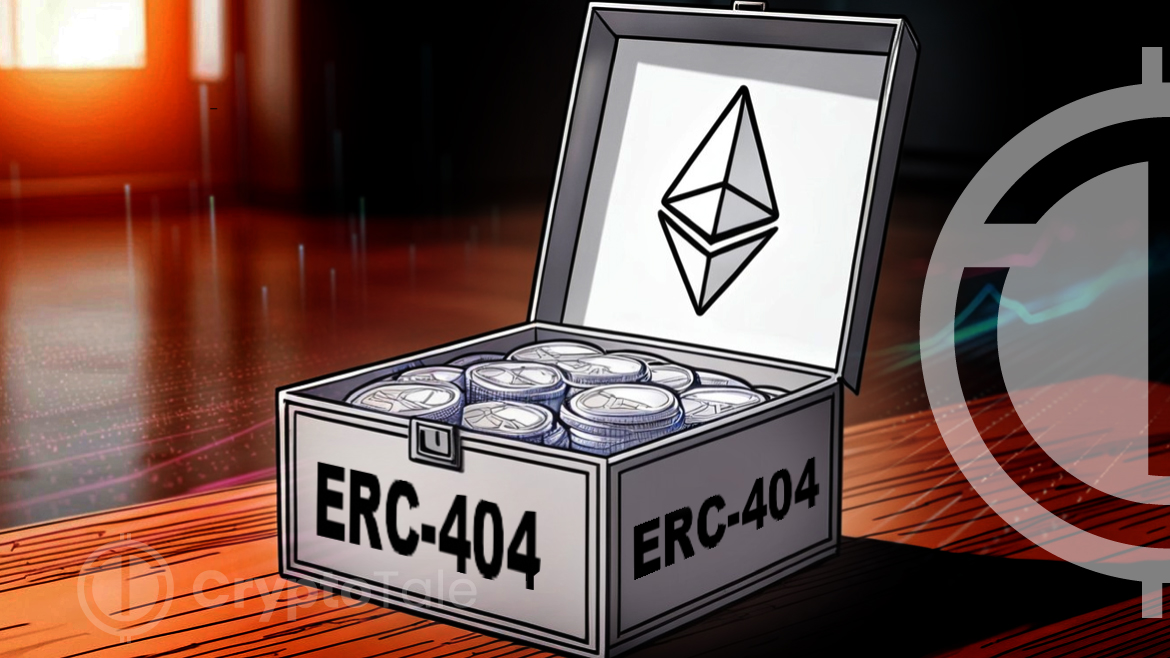
The introduction of a new token standard, ERC-404 is generating buzz for its innovative approach to digital asset definition. This experimental standard seeks to merge the characteristics of ERC-20 (fungible tokens) and ERC-721 (non-fungible tokens, NFTs) into a unified framework. Despite Ethereum’s price remaining stable amidst various Ether ETF applications, the emergence of ERC-404 presents a fascinating development that could influence the blockchain’s future trajectory, according to the community on X.
ERC-404 stands as a hybrid token standard, designed to offer a versatile solution for representing digital assets. Its key features include hybrid functionality, allowing tokens to be both fungible and non-fungible, native liquidity mechanisms for easier trading and fractional ownership, and programmable scarcity, enabling dynamic adjustments to token supply. This innovative blend of features caters to a wide array of use cases, potentially revolutionizing how assets are traded and managed on the blockchain.
The operation of ERC-404 tokens introduces a novel mechanism where owning a complete token grants the holder an NFT from the associated project, which is burned upon the token’s sale. This allows for independent trading of both tokens and NFTs, adding a layer of flexibility and interaction not seen in previous standards.
As an experimental standard, ERC-404 has not undergone the traditional Ethereum Improvement Proposal (EIP) vetting process, nor has it been subject to a comprehensive external audit. However, extensive testing has been reported, pointing towards a cautious yet innovative approach to its deployment. Initial adoption has been seen in projects like Pandora and DeFrogs, with the latter experiencing a notable price surge recently. This early interest hints at the potential for ERC-404 to carve out a niche within the Ethereum ecosystem.
While the direct influence of ERC-404 on Ethereum’s price may be limited due to the blockchain’s significant market capitalization and correlation with Bitcoin, the broader implications for Ethereum’s utility and appeal cannot be ignored. The introduction of such experimental standards reflects a vibrant development community and a willingness to explore new frontiers in digital asset management. As the crypto market witnesses a bullish turn for Bitcoin, the optimistic sentiment could spill over to Ethereum and related altcoins, bolstering the ecosystem’s growth and innovation.
ERC-404 represents a forward-thinking addition to the Ethereum blockchain, offering potential shifts in how digital assets are conceptualized and traded. Although its direct impact on Ethereum’s market value remains to be seen, the standard underscores the blockchain’s ongoing evolution and its community’s commitment to innovation.














